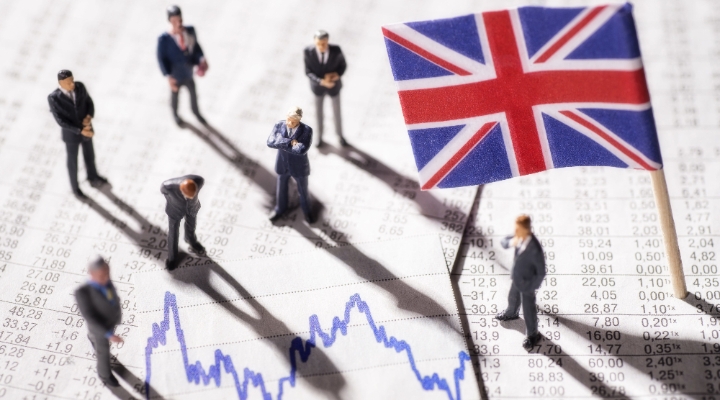
It is no secret that passive funds have seen a surge in demand in the past couple of years, as research increasingly proves that the majority of active managers fail to outperform their benchmarks and investors seek more cost-effective solutions.
According to Investment Association figures, tracker funds in the UK experienced net retail inflows of £4.6 billion in the third quarter of the year, with their overall share of the UK retail industry rising to 17%.
However, shunning active management completely is a dangerous game, according to Yves Choueifaty, president and chief investment officer of TOBAM, a quantitative asset manager focused on strategies to maximise diversification. This is because active managers are the ones that make the benchmark, he says.
“It is the benchmark that replicates active managers, not the other way around. When the benchmark does well, it is thanks to active managers, they compose it and decide the price of assets," he explains.
The definition of a passive manager is quite simply those who do nothing, according to Choueifaty. Thus, the onus falls on active managers to engage in price making, while passive funds simply allocate to the most expensive stocks – those that make up benchmarks such as the S&P 500.
He argues that to maintain an efficient market and avoid inflated bubbles, investors must ensure they allocate enough to active managers, adding that they need to be more patient when managers don’t continuously outperform the benchmark.
“We want clever people to work on price formation because they are making 100% of the performance of the market,” he says. “Ultimately, what matters is not if a pension fund has outperformed the S&P 500, but whether the S&P 500 has gone up or not.”
Hidden Potential
Choueifaty's comments come as recently published research by Esssentia Analytics reveals that active equity managers are in fact able to generate outperformance, also known as alpha, “well in excess of the fees they charge”.
The report, The Half-Full Glass, found that active managers could achieve alpha upside of 120 basis points a year on average, “more than enough to outperform their indices, net of (average 75bps) fees”.
However, the research also shows that the majority of active managers tend to ultimately give back all of this upside due to their tendency to fall in love with stocks and hold on to them “past their sell-by dates”.
“We believe that active managers who know their alpha curve and can garner the discipline to act at or near their peak alpha — rather than fall in love with their hot stocks and ride them off a cliff — have the potential to handily outperform their passive counterparts,” the report says.
Morningstar’s own research shows there are certain markets where active vehicles are already outperforming passives.
Senior analyst Dimitar Boyadzhiev says: “Active managers have had higher levels of success versus the average passive fund in the UK Mid Cap and Norway equity space, over the past 10 years ending in June 2019." There is also a relatively high success rates in the UK Equity space, with one out of three managers beating the average passive, he adds.
“This contrasts with success rates in some other categories, such as Global, Europe and US Large Cap Blend, where just one in ten active managers has outsmarted the average passive,” says Boyadzhiev.
At the same time, he adds that passive funds do not tend to represent the underlying market well in areas where active funds do better. “For example, in the Norway equity category, the passive cohort tends to rely heavily on the country’s largest companies, while the active managers have the flexibility to invest proportionally more in smaller companies,” he says.
Another interesting example is the UK Mid-Cap space, where the passives on offer tend to be cheap and representative, but most active managers tend to show strong stock-picking skills.
Adapting to Change
While the amount of money going into passives may be a concern for active stockpickers, Choueifaty says the size of assets is not what matters most. Oliver Weber, asset and wealth management industry leader at PwC Luxembourg, agrees that active fund managers should not panic just yet: “The growth of passives doesn’t mean active is dead”.
“Passives are growing, but they come from a low base, so their growth is exponential,” he says. “There is still a huge market share left for active managers.”
However, he also thinks active managers must prepare their businesses for the changing environment so they can benefit from this trend. “They can react to it in a number of ways, for example by acquiring passive ranges to supplement their businesses, adapting the pricing model of their active range to include a performance element or by demonstrating the value for money provided to the client for investing in active funds,” he says.





























